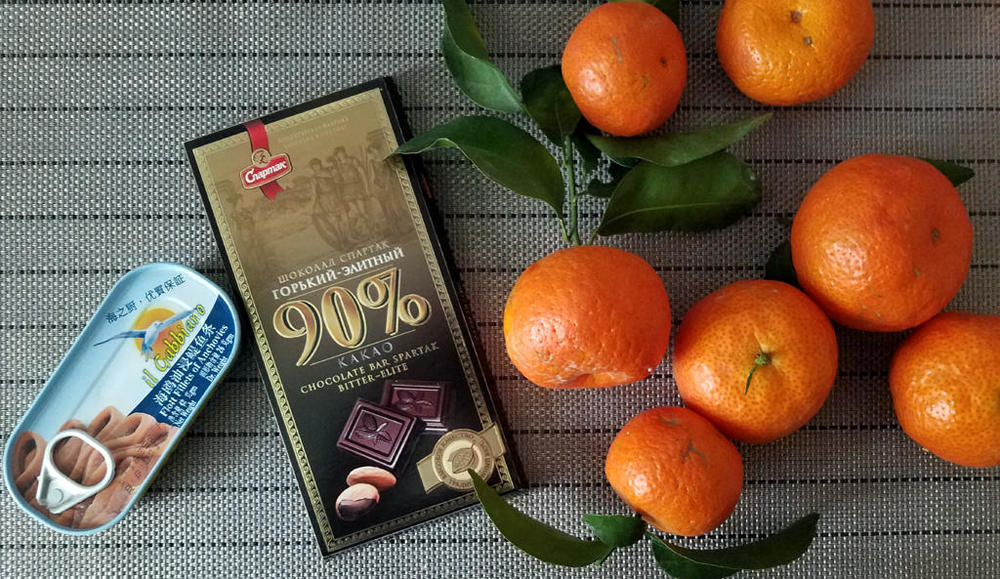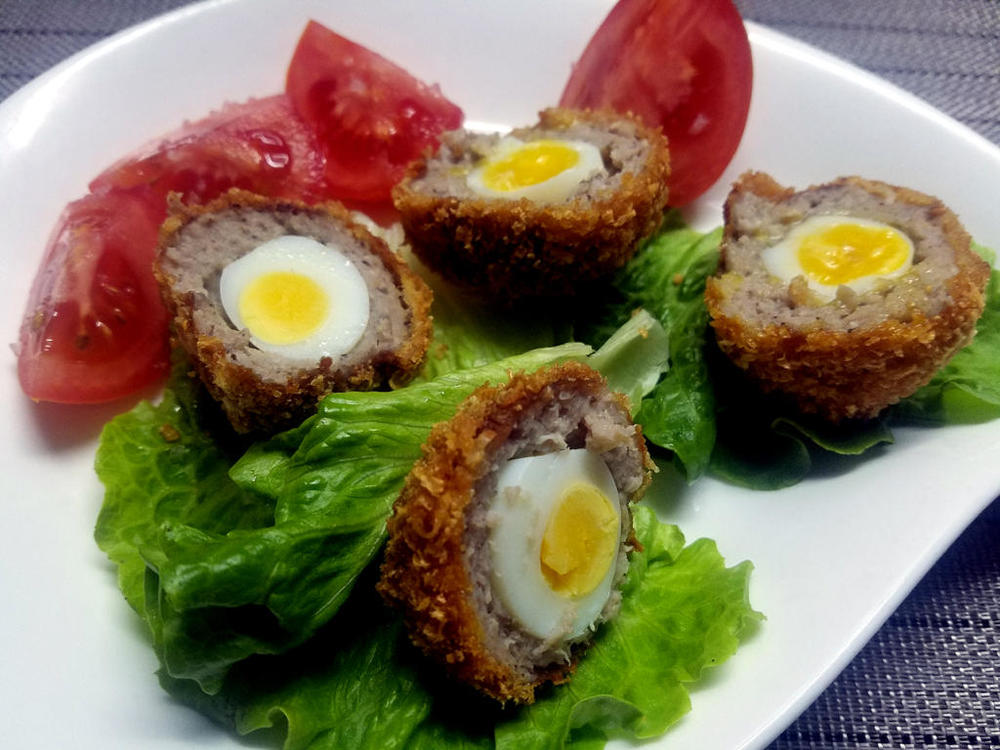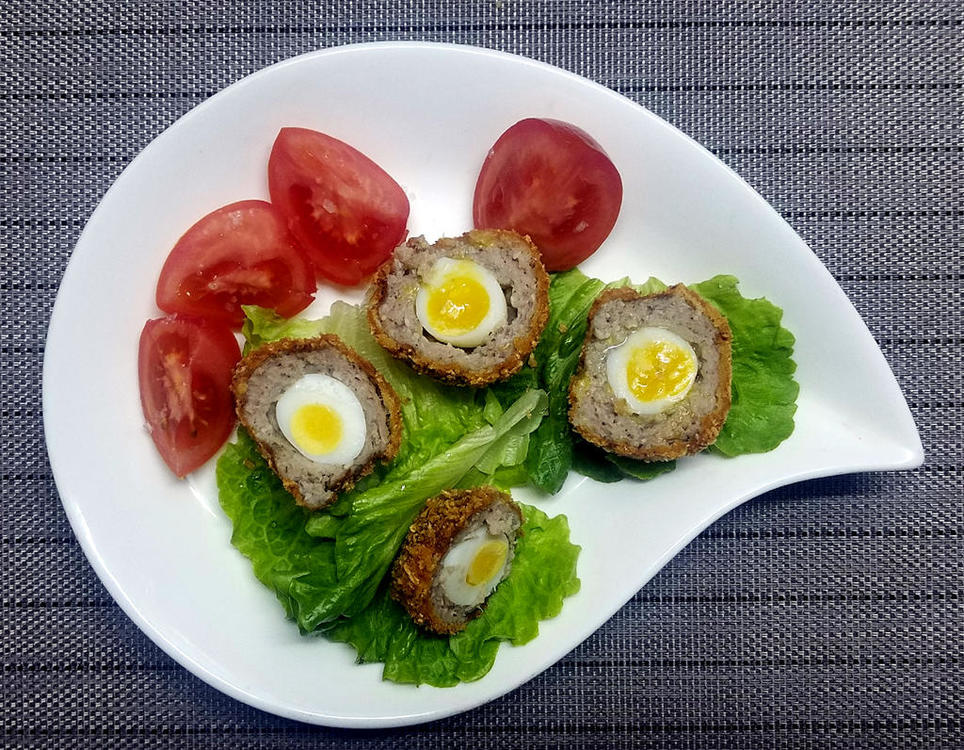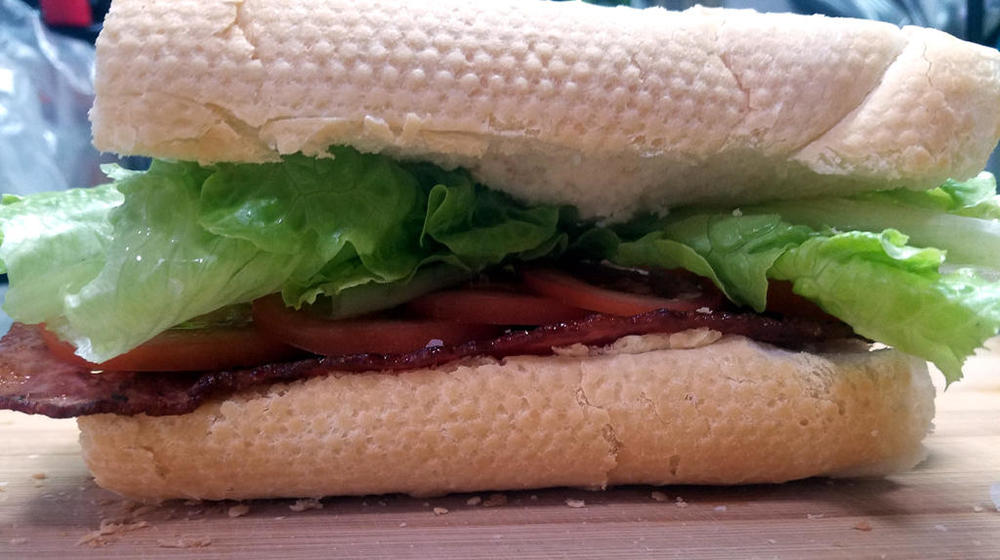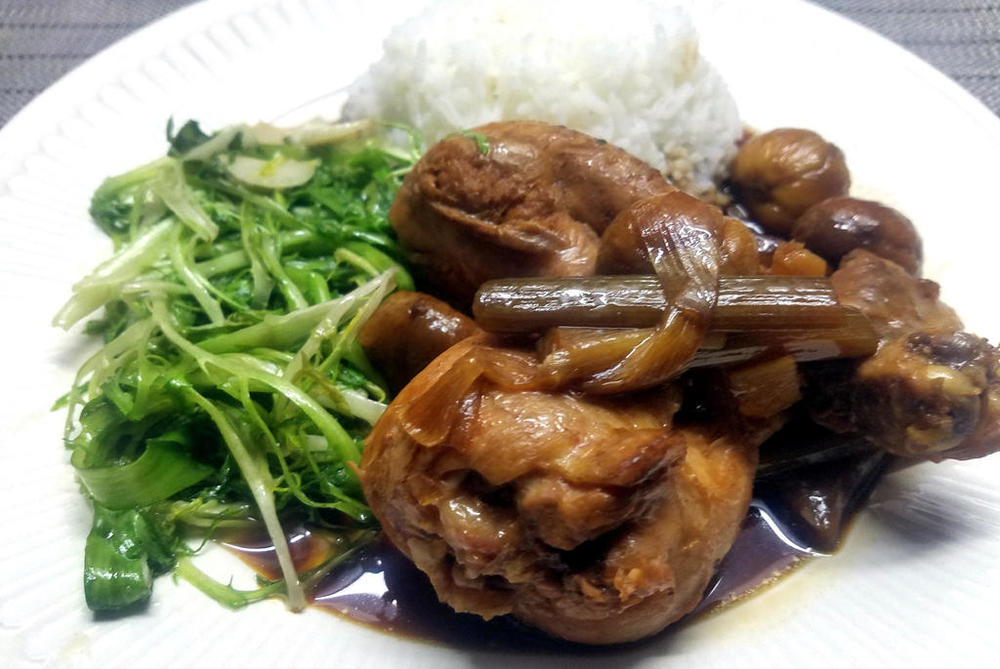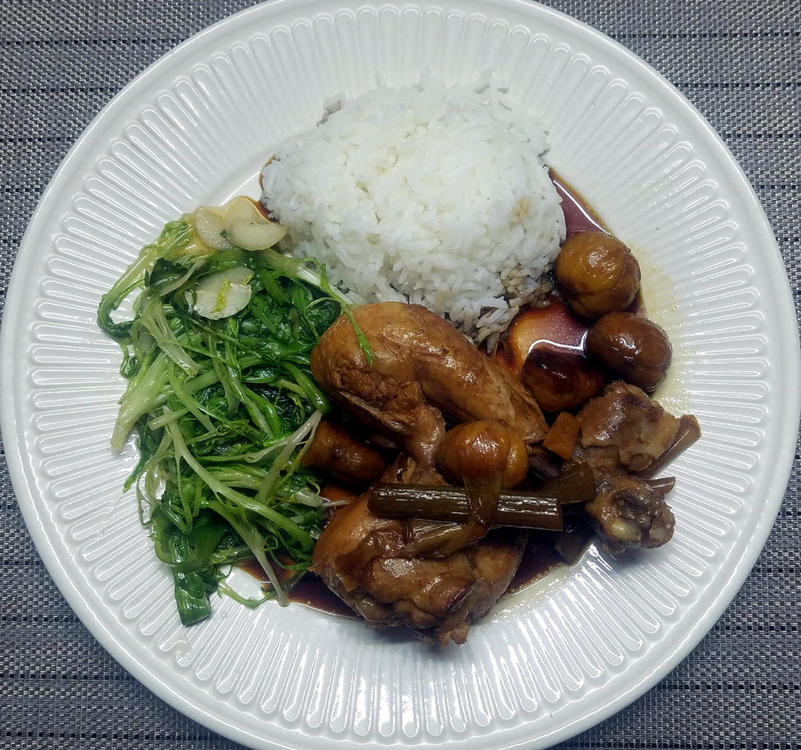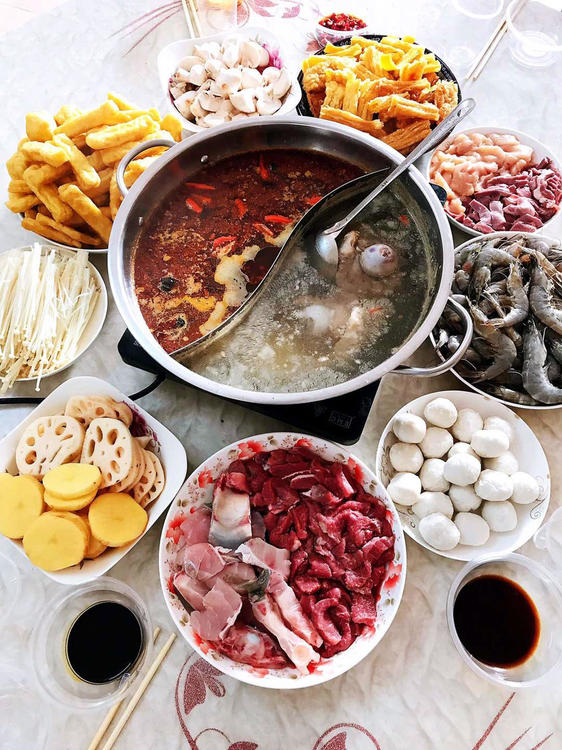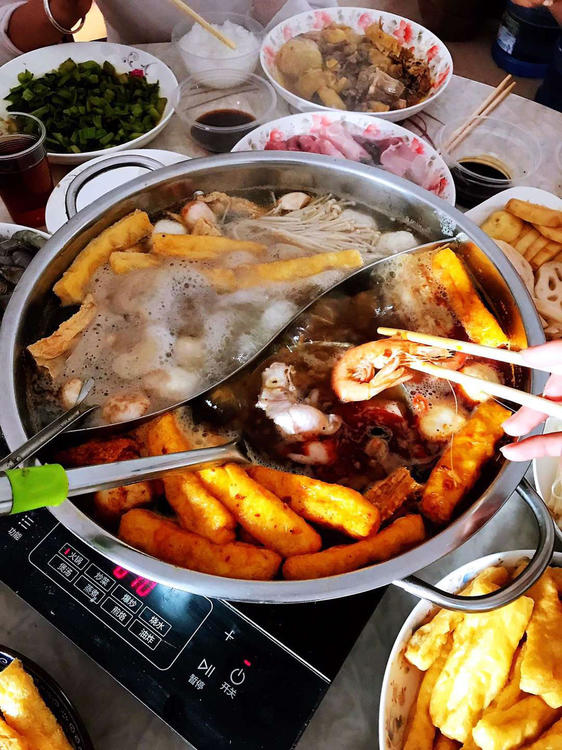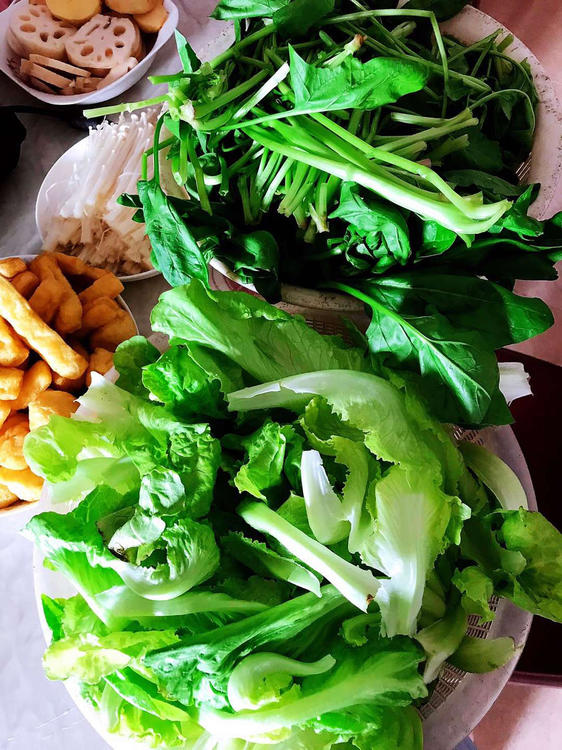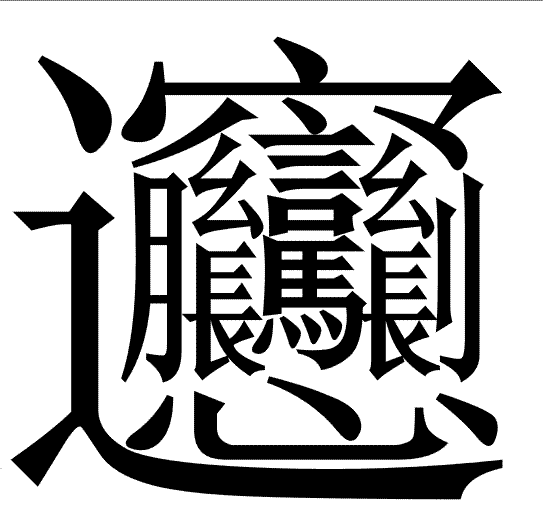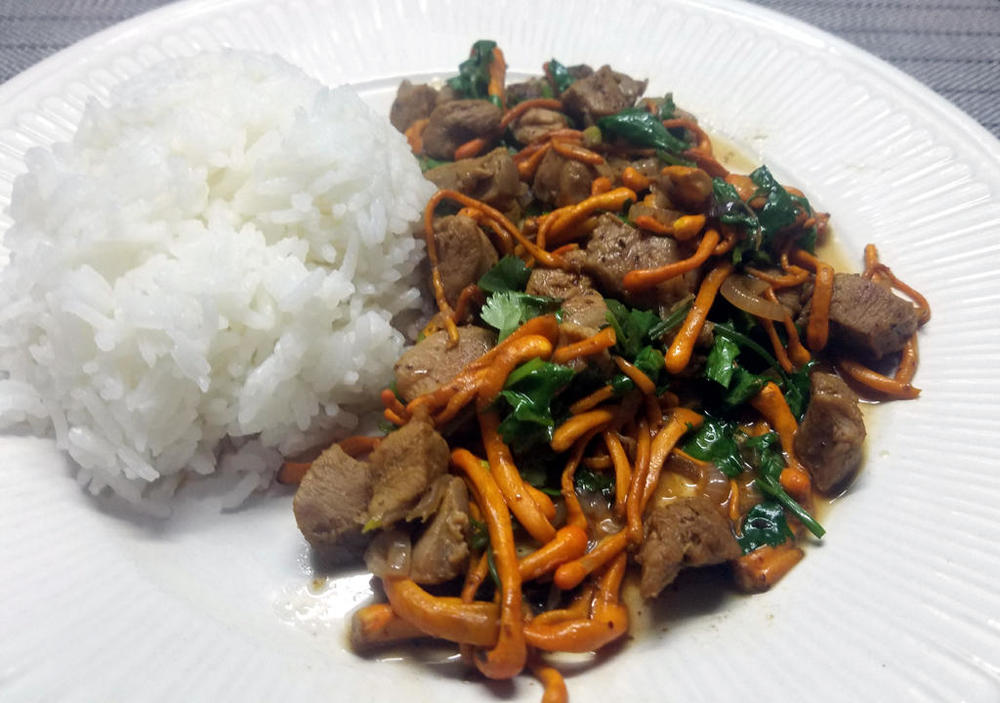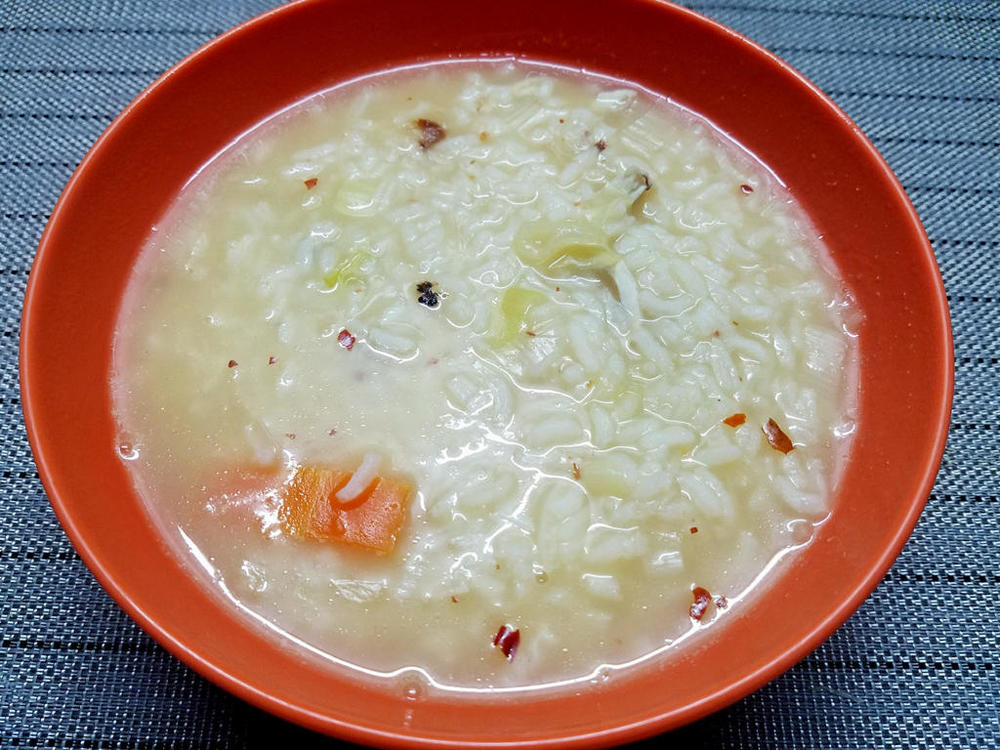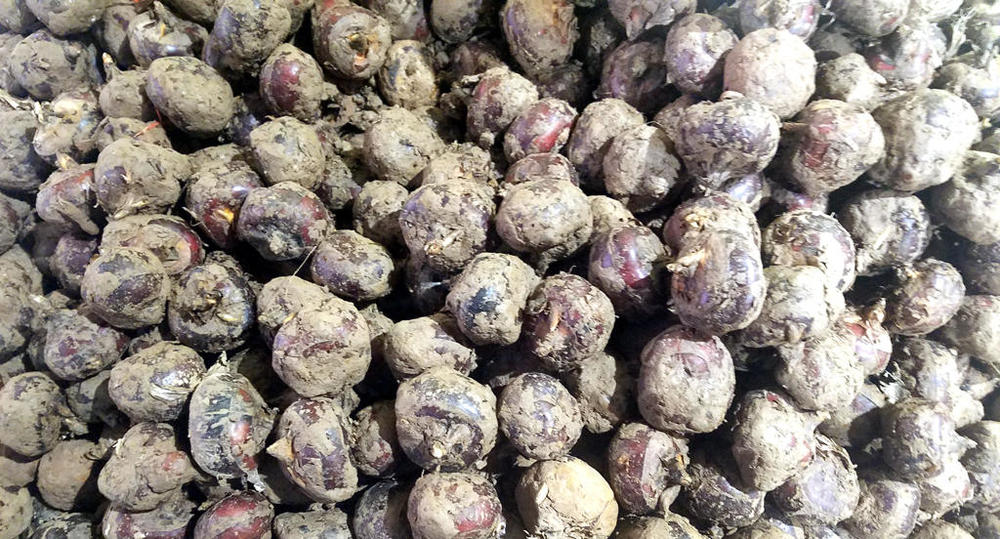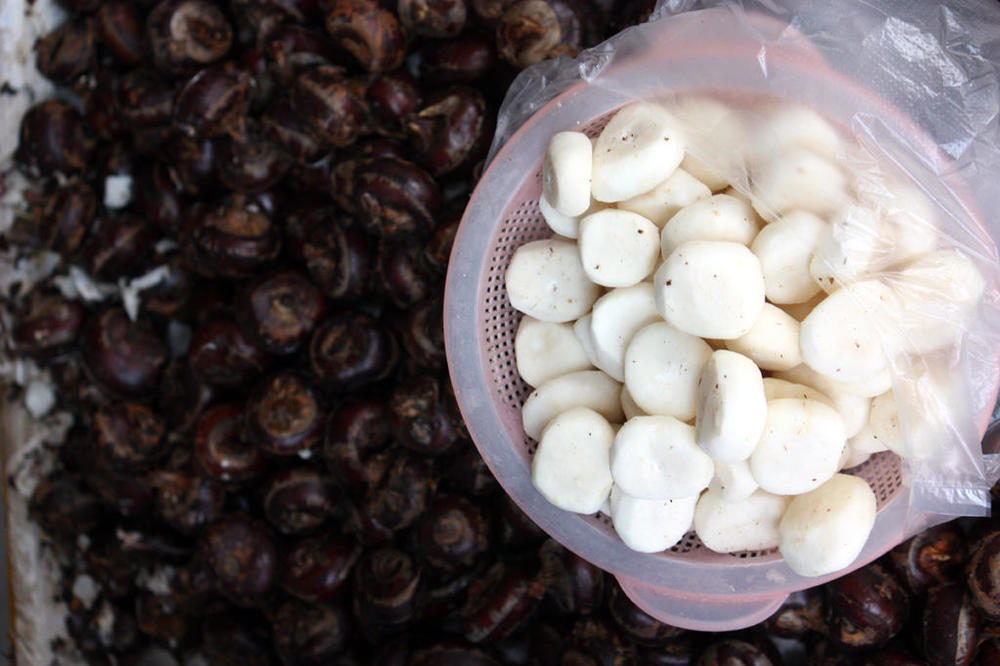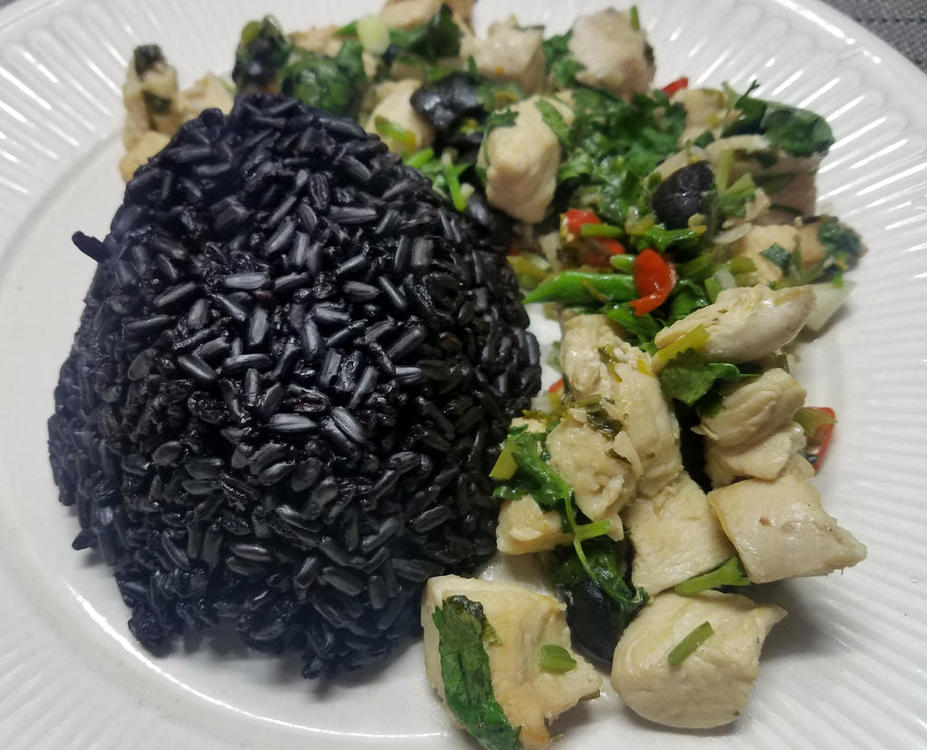-
Posts
16,728 -
Joined
-
Last visited
Content Type
Profiles
Forums
Store
Help Articles
Everything posted by liuzhou
-
It might be a while. It needs very slow cooking. Could take months! 😎
-
Thanks! You have given me a great idea for dinner! Here's my mise en place. And it's Fusion Food. Anchovies from Italy, chocolate from Belarus and oranges from China!
-
It depends on how I'm going to use it. Very occasionally toaster, sometimes just by leaving on the counter, most often, with baguettes (halved before freezing) in the microwave on the defrost setting for 45 seconds.
-
I drop them into already boiling water and give them two minutes, then into ice water. Yes, the two at the bottom left came out slightly harder than the rest. No idea why.
-
I freeze bread all the time. I live alone and don't eat that much bread, but bake 75% of my own. Bread freezes very well. Just don't refrigerate it. That kills it.
-
Big lunch. Another hot pot. No pictures. The usual. So, smallish dinner. After a slight mishap, made some quail scotch eggs. With a simple salad. Two pictured, but ate five. Three in fridge for breakfast.
-
... drop 10 quail eggs into a pan of boiling water for a 2 minute boil, then set the timer for the number of eggs rather than number of minutes. Duh! I did notice before the ten minutes was up, but the intended soft boiled eggs were decidedly bullet textured.
-
The bakery where I bought it. I don't know They are good, but they are always like that. I did ask once, but it is a small, local chain and the bread is baked in a central bakery, so the staff in the retail outlet didn't know.
-
-
Yes. It's part of all.
-
I've answered that suggestion several times. It has nothing to do with sweet or starchy or any other characteristic other than it being corn. I loathe all kinds and all preparations. And I don't think it is at all odd. I know other people who agree with me and share my dislike. I'm sure I enjoy many things you consider almost inedible, too. I'm not a fussy eater - quite the reverse.
-
Braised chicken legs with chestnuts. black soy sauce, chicken stock sauce, ginger, scallion, sugar. Served with curly endive stir-fried with garlic. Rice. Loosely (very) adapted from a Fuchsia Dunlop recipe in Sichuan Cookery (aka Land of Plenty)
-
鸳鸯火锅 (yuān yāng huǒ guō), Mandarin Duck Hot Pot. Lunch at a friend's home. That is not to say there is duck involved. 鸳鸯 (yuān yāng) means mandarin duck, but as they are almost always seen in couples, the term is also used figuratively to mean both an affectionate couple and also this type of two sectioned pot. This is a Sichuan style hot pot. The red soup base is chilli hot while the other is plain (for the chilli wimps!)
-
Host's note: this post and the ensuing topic were moved from the Dinner 2019 topic. I was brought up too on the eat it or starve principle. Put me off many foods for years. I remember particularly one fish dish that I was being forced to eat when I knew the fish was off. My parents' philosophy changed forever when I threw up all over them and was rushed to hospital! I swore that I would never do that to my children. They were allowed to reject anything, provided they tasted it once, or even better twice. The both grew up as adventurous eaters. As for me, I didn't eat fish for about twenty years, but now if I had to go any kind of 'x-arian', it would be pescatarian. And my world travels have led me to eat many things that I would never have considered food as a kid or for too long after. I resent the waste of time my parents forced on me, but understand their motives. They grew up under wartime rationing when food was scarce. Most of my favourites are things I hated or never knew as a kid. I have little patience with people who say they don't like something without ever having tried it. Of course, corn was never edible.
- 452 replies
-
- 15
-

-

-
Yup, that would be biang biang noodles, then.
-
The dish on the menu is listed as "Xi'an Oil Splashing Noodles" which is a near-literal translation of the Chinese shown 西安油泼面 (xī ān yóu pō miàn). although I'd translate it as 'splash'. Although similar, I wouldn't say it is necessarily the same as "biang biang mian". Certainly, I know restaurants in Xi'an which have both on their menus. In biang biang mian, the noodles are extremely long. Were yours? Whatever, I'm sure it was deicious. The famous biang character (below), is a bit of marketing tool rather than a real Chinese character. It is not listed in any dictionary and is only used in Xi'an.
-
Duck with cordycep militaris, coriander/cilantro, sashimi togarishi, shallots. Flamed with Armagnac. Rice. Con fusion food.
-
Not visually appealing perhaps, but this is packed with flavour. This is a form of congee or rice porridge known as 稀饭/稀飯 (Mandarin: xī fàn; Cantonese: hei1 faan6), which literally translates as 'watery rice'. It is thinner in consistence than regular congee - 粥 (Mand: zhōu; Cant: zuk1) This version has leeks, carrots and poached chicken lurking under the surface. The rice is cooked in a long cooked gelatinous chicken stock made from the carcase and trimmings (including feet and head) of the organic bird which I had for yesterday's dinner. Finished with dried chilli flakes.
-
From National Geographic some amazing ultra-close up microscope pictures of everyday herbs. See the microscopic wonders of herbs. A photographer reveals the intricacies of kitchen herbs. The result is otherworldly.
- 3 replies
-
- 12
-

-

-
Chinese New Year's Day. Year of the Pig. Again. So dinner contained no pig. It's the Year of the Pig, not the year of Eating the Pig, but millions probably contributed to dinner. Not in Castle liuzhou. Bought myself a nice organic chicken and poached it. Served with chilli sauce, turmeric rice and wilted Shanghai bok choy. Rest of the bird meat is in the fridge for tomorrow and the bits, bobs and bones are in the stock pot. Happy New Year!
-
This morning, in a local supermarket, I found this pile of dirty little ball-shaped things. Eleocharis dulcis In Chinese, 马蹄/馬蹄 (Mand: mǎ tí; Cant: maa5 tai4), literally 'horse hoof' or 荸荠/荸薺 ( (Mand: bí qí; Cant: but6 cai4). Chinese water chestnuts. Cleaned up, they look like this. Despite their their nutty name, they are not nuts, but a root vegetable. More technically a corm. They are eaten in many ways. They can be ground to make a type of flour used in sweet dim sum cakes. They can be candied. They are used in hot pots and stews. They are not something I buy a lot and when I do I buy them from the farmers' market, where a couple of women sit peeling them all day long. They do it 100 times faster than I ever could. They have the benefit of staying slightly sweet and crisp even after cooking or canning. I don't recall seeing them canned here - only fresh.
-
Pizza Hut are now offering a special New Year choice of breakfasts. (Tuesday is Chinese New Year's Day.) Tuna Panini. French Toast Hmmm. Can't see the locals going for that much.
-
Apologies, I did check this out at the time, but forgot to post the answer. Yes. It's a bean.
-
Spicy chicken with olives, garlic, lemon zest, white wine and coriander leaf/cilantro. Served with "forbidden holy rice".
-
I'd bet on 'inevitable'.



